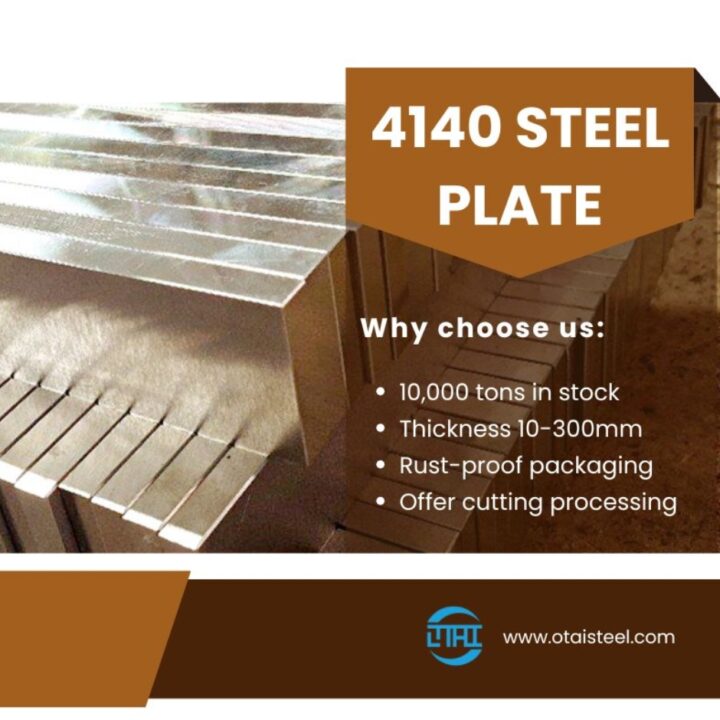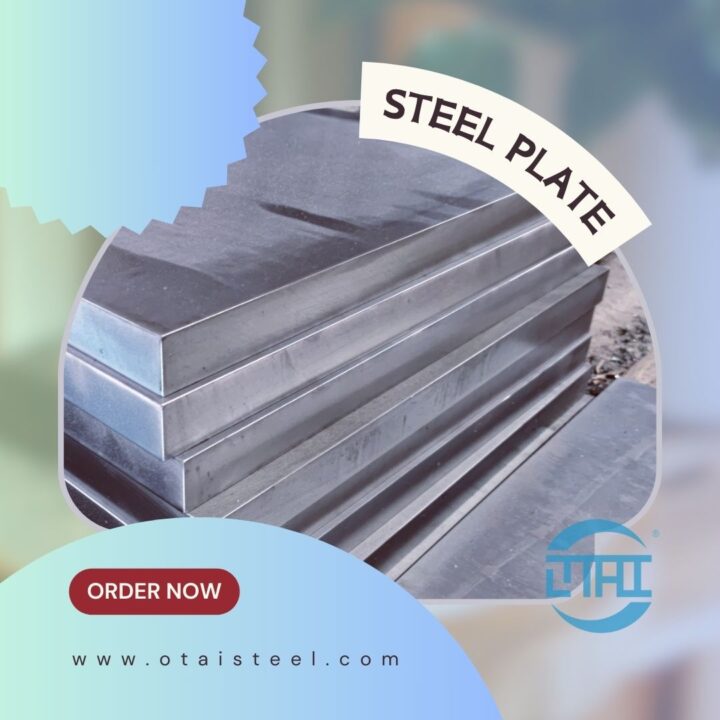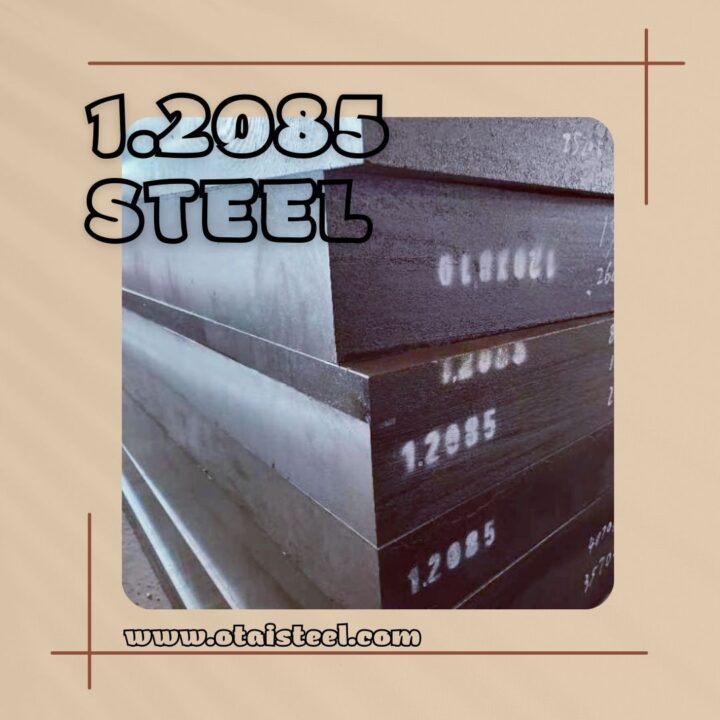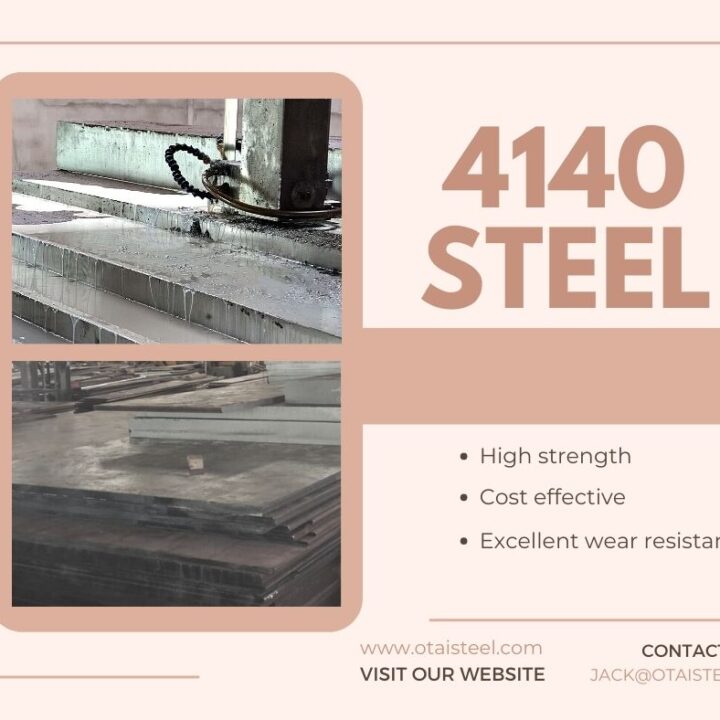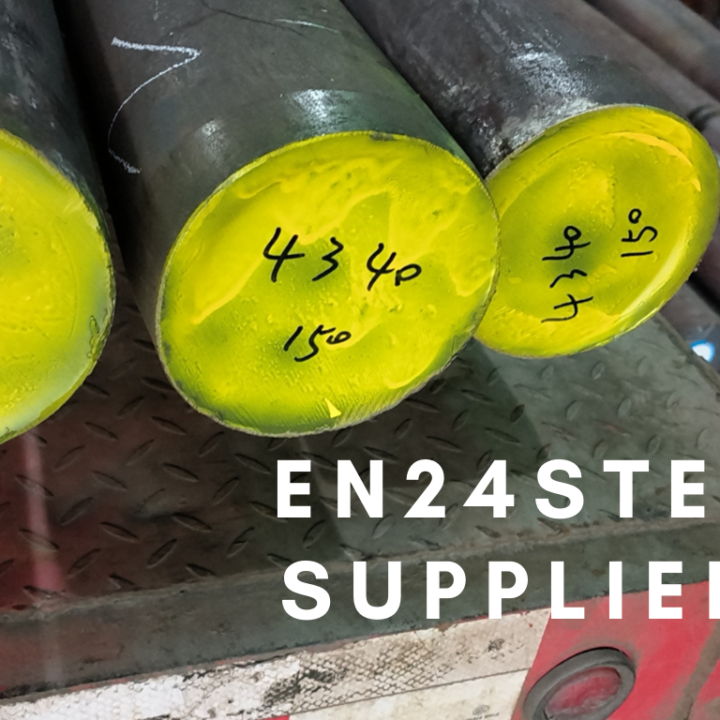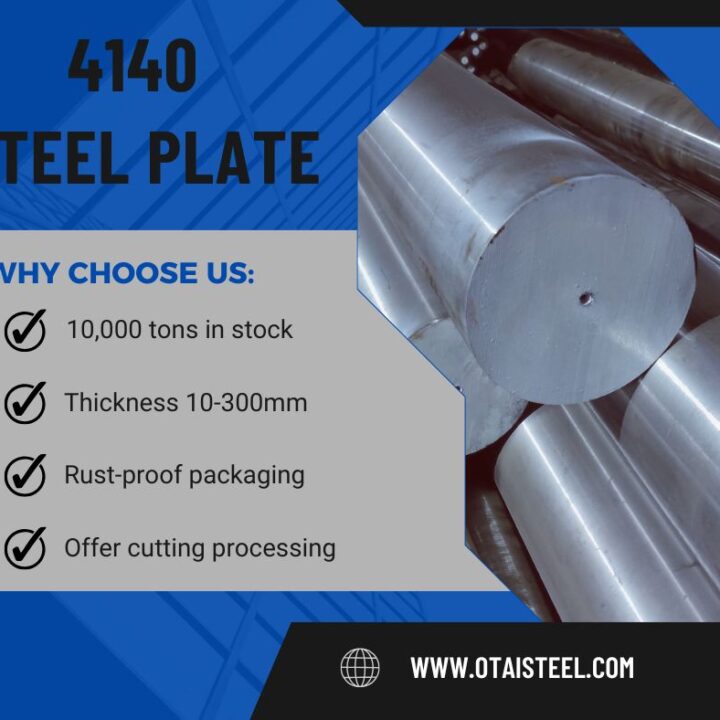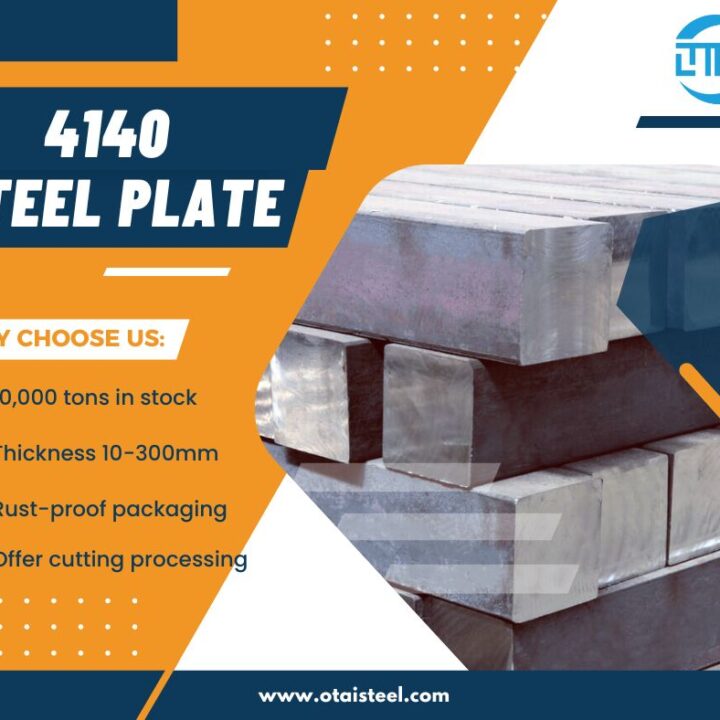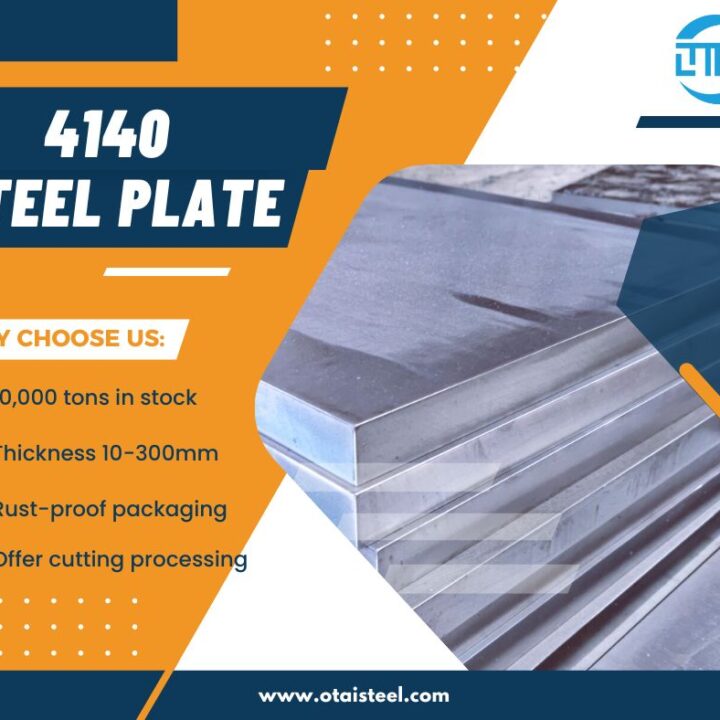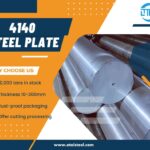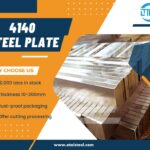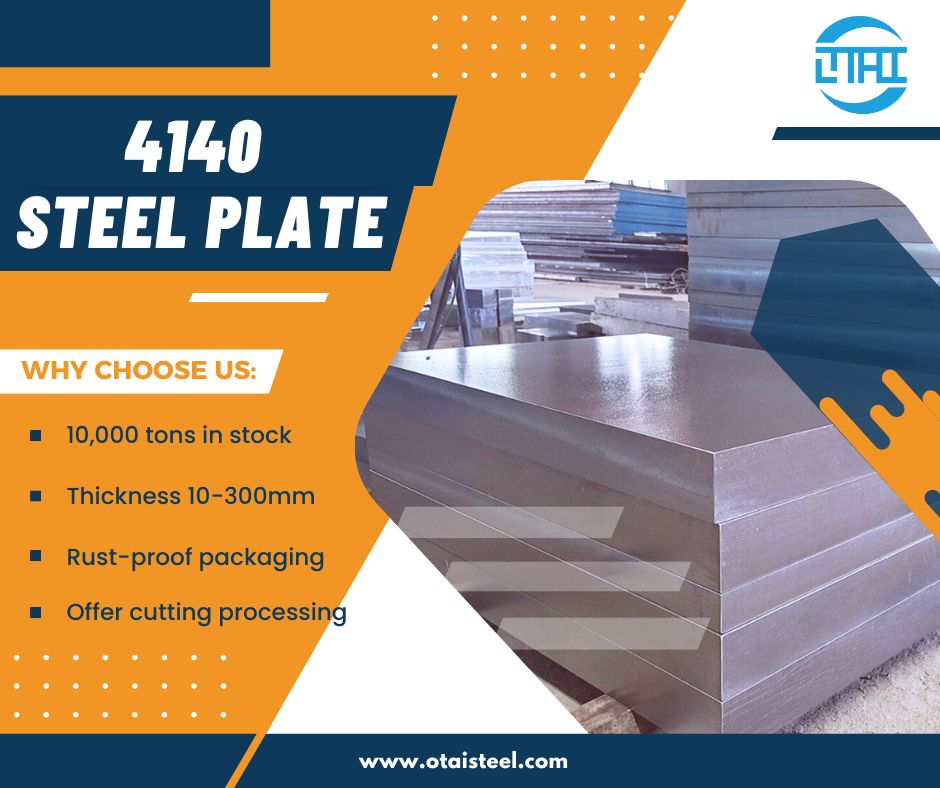 Yield Stress of 4140 Steel: How Strong Can It Get Under Load?
Yield Stress of 4140 Steel: How Strong Can It Get Under Load?
When it comes to strength and performance, 4140 steel is one of the most trusted alloy steels in the industry. But what about its yield stress? How much stress can it really take before it starts to deform permanently? If you’re working on shafts, bolts, or structural parts, understanding the yield stress of 4140 steel is essential.
Let’s dive deep into its performance, look at numbers, heat treatment effects, and see how it stacks up in the real world! 💪
📌 What Is Yield Stress and Why It Matters for 4140?
Yield stress is the amount of force a material can handle before it permanently bends or stretches. For 4140 steel, this number varies depending on how it’s treated. If you’re designing parts that bear heavy loads, choosing the correct yield stress of 4140 steel could mean the difference between success and failure.
In many applications like gears, high-torque shafts, and aircraft components, engineers prefer 4140 exactly because of its reliable strength under pressure.
📊 Mechanical Properties of 4140 Steel (in Different Conditions)
Here’s a table summarizing the typical yield strength of annealed 4140 steel, normalized, quenched & tempered (Q&T), and more:
| Condition | Yield Strength (MPa) | Yield Strength (ksi) | Hardness (HRC) |
|---|---|---|---|
| Annealed | 415 – 655 | 60 – 95 | ~12–22 |
| Normalized | 655 – 725 | 95 – 105 | ~22–28 |
| Quenched & Tempered (Q&T) @ 400°C | 930 – 1080 | 135 – 157 | ~30–35 |
| Q&T @ 200°C | Up to 1200 | Up to 174 | ~45–48 |
As you can see, 4140 steel yield strength in MPa can range from just over 400 MPa to more than 1200 MPa, depending on heat treatment. That’s a massive difference! 🔥
🔥 Heat Treatment’s Impact on Yield Strength
The heat treatment effect on 4140 yield stress is dramatic. In its annealed condition, 4140 is soft and easy to machine. But once it’s quenched and tempered, it transforms into a beast.
This heat treatment process changes its internal microstructure, making it both harder and more resistant to deformation. That’s why 4140 steel yield strength vs tensile strength often becomes a critical comparison point in engineering decisions.
🧪 What Standards Define 4140 Yield Stress?
According to ASTM A29 4140 steel yield limit, the minimum specified yield strength varies by the product form and heat treatment condition. However, most engineers refer to the following minimum values:
-
Annealed: ~415 MPa (60 ksi)
-
Q&T (moderate): ~930 MPa (135 ksi)
-
Q&T (high): ~1100+ MPa (160+ ksi)
📈 These numbers confirm that 4140 steel mechanical properties chart can’t be looked at without considering treatment state.
🧰 Real-World Use Case: Load-Bearing Shaft
A client of ours in Germany needed high-strength shafts for hydraulic systems operating under 700 MPa cyclic loading. We supplied them with normalized 4140 steel bars, achieving a yield stress of normalized 4140 steel around 690 MPa. After surface hardening and stress relief, the shaft exceeded their fatigue requirements by 28%.
🔧 Lesson: Know the exact condition and treatment of the steel before trusting any number.
📉 Yield Stress vs. Ultimate Tensile Strength
While yield stress of 4140 steel defines the onset of plastic deformation, ultimate tensile strength of 4140 steel refers to the maximum stress it can withstand before breaking.
| Property | Value Range |
|---|---|
| Yield Stress (Q&T) | 930–1100 MPa |
| Tensile Strength (Q&T) | 1050–1250 MPa |
This shows how 4140 steel offers a strong buffer between yield and failure, making it excellent for dynamic and safety-critical components.
🧲 Can Hardness Predict Yield Stress?
Yes, to some extent. A higher 4140 steel hardness and yield stress generally go hand in hand. For example:
-
~20 HRC: Yield ~600 MPa
-
~35 HRC: Yield ~1050 MPa
-
~45 HRC: Yield ~1200 MPa
Still, hardness alone isn’t enough. Always cross-check with mechanical property tests or standards.
💡 Summary: How Strong Is 4140 Steel Really?
The yield stress of 4140 steel can be tailored between 400 MPa to over 1200 MPa depending on treatment. For parts that must endure stress without deformation—like spindles, bolts, or connecting rods—4140 is a top choice due to its flexibility between machinability and high strength.
Whether you’re selecting material for precision components or need performance data, 4140 steel is ready to deliver under pressure. 💪
🌟 Our Company Advantages
At Otai Special Steel, we offer:
-
📦 Over 10,000 tons of 4140 steel plates and bars in stock
-
🔍 Ultrasonic testing (UT), chemical composition analysis & third-party inspections (SGS, BV)
-
⚙️ Heat treatment services (annealing, Q&T, stress relief, normalization)
-
✂️ Precision cutting to size, packaging & worldwide delivery
-
🤝 Trusted by international clients like Thyssenkrupp, Borealis, and Schlumberger
Let us help you source the high-strength 4140 steel you need—quickly, reliably, and affordably.
📩 Contact us now for a quote or free consultation!
📧 Contact us: jack@otaisteel.com
📱 WhatsApp: +8676923190193
❓ FAQ: Yield Stress of 4140 Steel
Q1: What is the typical yield strength of annealed 4140 steel?
A1: Around 415–655 MPa, depending on exact annealing condition.
Q2: Can I achieve over 1000 MPa yield stress with 4140?
A2: Yes, with proper quenching and tempering, you can exceed 1100 MPa.
Q3: Does hardness directly correlate with yield stress?
A3: Generally yes—higher HRC usually means higher yield strength, but testing is still essential.
Q4: Which standard defines 4140 steel yield values?
A4: ASTM A29, AISI, and EN standards all provide mechanical property references for 4140.
Q5: Is normalized 4140 strong enough for gear shafts?
A5: Often yes, especially if combined with surface hardening for wear resistance.
